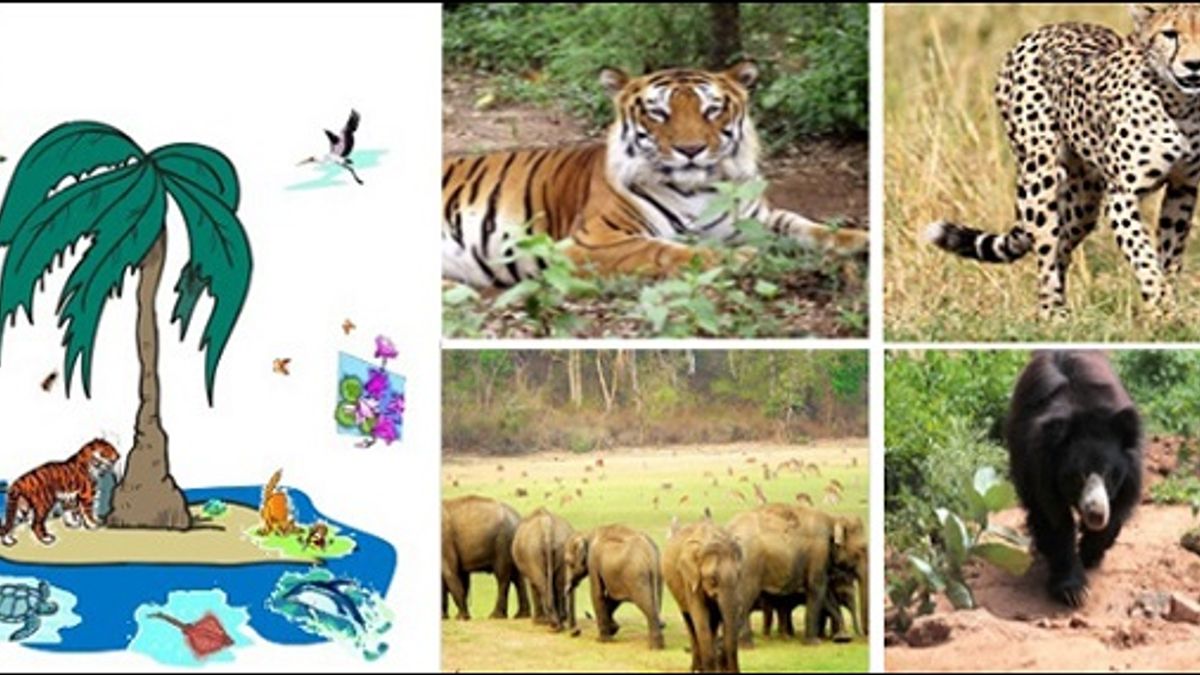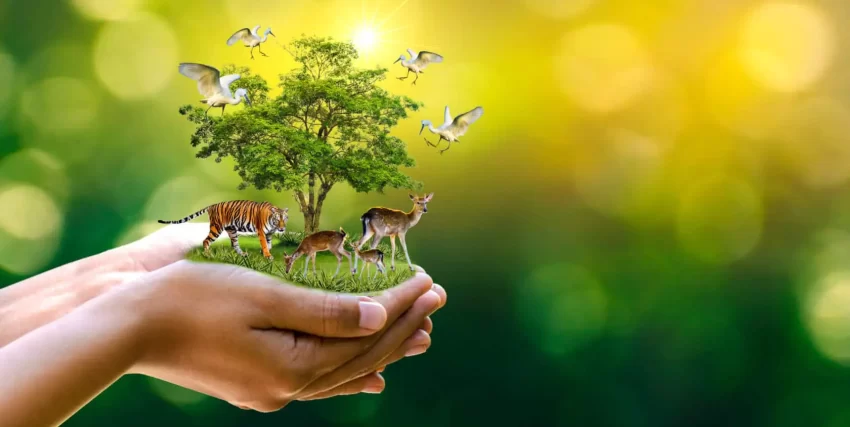In the face of increasing threats to biodiversity and wildlife populations, conservation efforts have become more critical than ever before. Over the last decade, organizations, governments, and individuals have been working tirelessly to protect and preserve the world’s endangered species. In this blog post, we will examine the successes and challenges of animal conservation efforts from 2012 to 2022, focusing on key achievements and ongoing conservation priorities.
Success Stories in Animal Conservation
Giant Panda Recovery: The giant panda, an iconic symbol of wildlife conservation, has seen remarkable progress in recent years. Thanks to extensive conservation initiatives and habitat protection in China, the giant panda was downgraded from “endangered” to “vulnerable” on the International Union for Conservation of Nature (IUCN) Red List in 2016. The population of wild giant pandas has steadily increased, demonstrating that targeted efforts can make a significant difference in saving a species.
Amur Leopard Population Growth: The critically endangered Amur leopard, native to the Russian Far East and parts of China, faced the threat of extinction just a decade ago. However, dedicated conservation efforts, including anti-poaching measures and habitat preservation, have led to a gradual increase in their numbers. Recent estimates suggest that the population has doubled since 2007, offering hope for this rare and elusive big cat.
Black Rhino Conservation: While still considered critically endangered, the black rhinoceros population has shown signs of recovery. Focused conservation efforts, including rigorous anti-poaching measures and translocation efforts, have helped stabilize and even increase black rhino numbers in some regions. However, the species remains at risk due to persistent threats like poaching for their horns.
Saola Rediscovery: The saola, a mysterious and critically endangered forest-dwelling bovine species native to Southeast Asia, was rediscovered in the wild in 2019. It was previously thought to be extinct in the wild. This rediscovery provides a unique opportunity for scientists and conservationists to study and protect this elusive species and its habitat.
Wild Tiger Population Growth: Tiger populations, particularly in India, have shown significant growth over the last decade. Conservation efforts, including increased protection of tiger reserves and improved anti-poaching measures, have contributed to this recovery. In 2010, a global commitment was made to double the wild tiger population by 2022, known as the “Tx2” goal. While challenges remain, the initiative has made substantial progress toward its target.

Challenges and Ongoing Conservation Priorities
Poaching and Illegal Wildlife Trade: Poaching remains one of the most significant threats to endangered species worldwide. The illegal wildlife trade, driven by demand for products like ivory, rhino horn, and exotic pets, continues to decimate populations. Conservation organizations and governments are working to combat poaching through enhanced law enforcement, community engagement, and international collaboration.
Habitat Loss and Fragmentation: Habitat loss due to deforestation, urbanization, and agricultural expansion continues to threaten wildlife populations. The fragmentation of natural habitats isolates species, making it challenging for them to find mates and food sources. Conservation efforts must prioritize habitat preservation and restoration.
Climate Change: Climate change poses a growing threat to many species by altering their habitats and disrupting ecosystems. As temperatures rise and weather patterns become more unpredictable, wildlife must adapt or face extinction. Conservationists are increasingly focusing on climate resilience strategies and helping species migrate to more suitable habitats.
Invasive Species: Invasive species, whether plants, animals, or pathogens, can wreak havoc on native ecosystems. They outcompete native species, disrupt food chains, and contribute to species decline. Conservationists are working to control and manage invasive species to protect native biodiversity.
Limited Resources and Funding: Conservation efforts often face financial constraints and limited resources. Organizations rely on donations, grants, and government support to carry out their work. Maintaining funding and support for conservation initiatives remains a significant challenge, especially during times of economic uncertainty.
Political and Regulatory Challenges: Conservation efforts can be hindered by political instability, weak governance, and conflicting interests. Effective conservation requires collaboration among governments, organizations, and communities. Addressing political and regulatory challenges is essential to achieving conservation goals.
Over the last decade, significant progress has been made in animal conservation efforts, with several success stories demonstrating that dedicated action can make a difference. However, numerous challenges persist, and the work of protecting endangered species and preserving biodiversity is ongoing. It is crucial to remain vigilant, committed, and adaptable in our conservation efforts. The next decade will undoubtedly bring new challenges and opportunities, and it is our responsibility to ensure that future generations can enjoy the diversity of life on Earth. By supporting conservation organizations, advocating for policy changes, and making sustainable choices in our daily lives, we can contribute to the ongoing success of animal conservation efforts.

